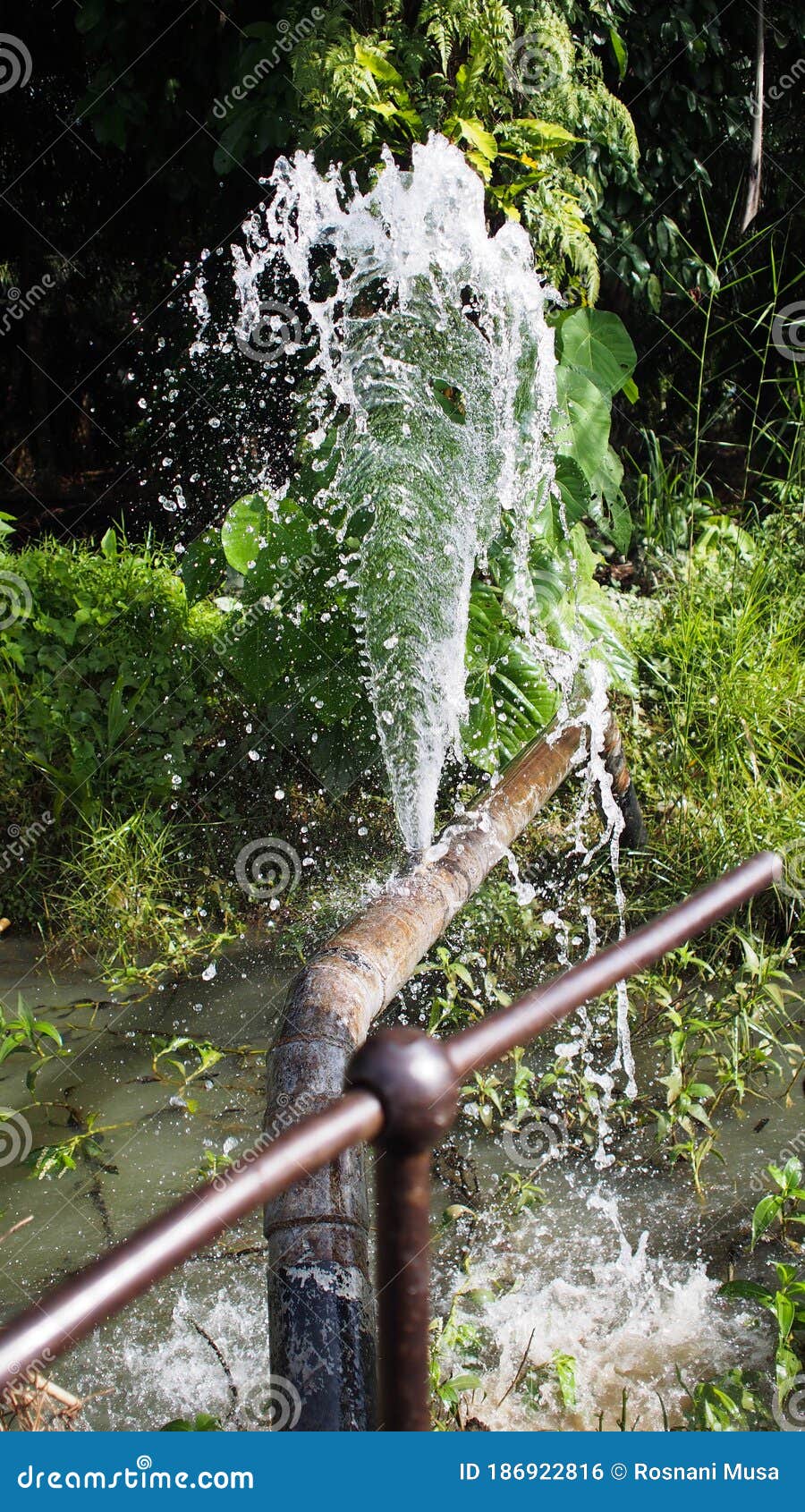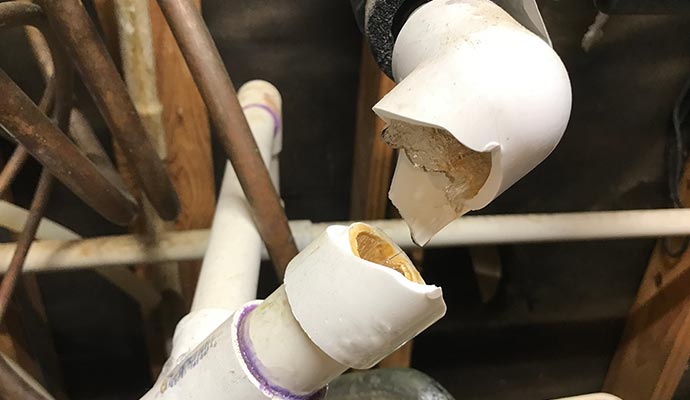Understanding the Causes of a Burst Pipe and How to Prevent It
Understanding the Causes of a Burst Pipe and How to Prevent It
Blog Article
What to Do When a Pipeline Bursts: Immediate Tips for Homeowners
A pipeline ruptured can be a home owner's worst nightmare, resulting in considerable damages if not attended to quickly. The immediate reaction is critical: first, locate the source of the leak and closed off the major water valve to prevent more flooding. Following this, draining the pipelines ends up being important to minimize extra concerns.

Evaluate the Scenario
Begin by recognizing the resource of the leakage; this might involve inspecting the area around the burst pipe for noticeable signs of water escape. If the burst occurred in a hidden room, such as within a wall or under a floor, look for water spots or pooling that might suggest the area.
Inspect for electric wires that may be exposed to water, as this poses a significant threat of electrocution. Furthermore, take note of any valuable things or furniture that may be at risk of water damages.
Documenting the damage through photographs can also be advantageous, particularly for insurance policy claims. Time is important, as standing water can lead to mold development and additional structural damage. By completely analyzing the situation, you will certainly be better prepared to take the necessary steps to mitigate additional problems arising from the ruptured pipe.
Shut Off the Water
The prompt priority after determining a ruptured pipe is to shut down the supply of water to prevent more flooding and damages. Situate the primary shut-off valve, usually discovered near the water meter, in the cellar, or on an exterior wall. Turning this valve clockwise will certainly quit the flow of water throughout your home, minimizing the threat of comprehensive water damage.
If you are not able to locate the main shut-off valve or if it is malfunctioning, you might need to turn off private shutoffs linked to the impacted pipeline, if obtainable. Some homes also have additional shutoffs for particular devices, such as washing dishwashers or devices.
It's advisable to familiarize yourself with the location of these shutoffs before an emergency takes place, as this understanding can save useful time throughout a situation. In the event that the primary shutoff is stuck or hard to turn, do not force it; instead, think about looking for professional aid.
Once the supply of water is turned off, take a minute to analyze the situation even more while getting ready for the following actions, making certain that your home is as safe and secure as possible from extra water intrusion.
Drain the Pipes
After shutting down the supply of water, it is essential to drain the pipes to lessen any type of continuing to be water that can bring about extra damages. Begin by opening up all taps in the home, starting from the highest level to the lowest. This process encourages the water to move out entirely, allowing gravity More Bonuses to help in getting rid of residual water from the pipelines.

Be mindful when draining pipes warm water, as it can create burns. Properly draining the pipes is important to stopping more difficulties and aids safeguard your home from additional water damage during this stressful situation.
Contact an Expert
In the wake of a burst pipe, getting in touch with an expert plumbing technician is vital to more make certain a detailed analysis and reliable fixings. Trying to take care of the scenario without expert assistance can result in further damage and difficulties. A qualified plumbing professional has the know-how and specialized devices required to identify the root reason of the leakage and address it effectively.
When selecting a plumbing, prioritize those with a solid track record and relevant experience in emergency plumbing services. Checking on the internet reviews, acquiring referrals, and Full Report verifying qualifications can aid you make an informed selection. It is recommended to contact several professionals to contrast action times, estimated prices, and solution offerings.
As soon as you have actually involved a plumber, provide them with as much details as feasible concerning the occurrence, consisting of the location of the burst pipe and the actions you have already taken. This information will certainly assist them in identifying the issue promptly and precisely.
Record the Damage
When a plumbing professional has been gotten in touch with and the prompt concerns attended to, it is important to document the damages created by the burst pipe. Begin by taking clear photos of the influenced locations, focusing on visible damages to wall surfaces, floor covering, and furnishings.
Next, compile an in-depth checklist of damaged items, including their approximate value and any type of pertinent acquisition information. This inventory ought to incorporate permanent fixtures, individual belongings, and any architectural damages observed. Include the estimated expense of repair services based on expert assessments or previous quotes for similar work. if possible.
In enhancement to written and visual documentation, maintain documents of any type of communications with your plumbing and insurance coverage company. By taking these steps, you will be much better prepared to navigate the aftermath of the case.

Final Thought
Immediate analysis of the scenario, adhered to by closing off the major water supply, is critical. Draining pipes the pipes and recording the damages ensures proper handling of the event for insurance policy objectives.
The instant priority after identifying a burst pipe is to close off the water supply to prevent more flooding and damages. Transforming this shutoff clockwise will stop the flow of water throughout your home, reducing the risk of comprehensive water damage.
After shutting off the water supply, it is important to drain the pipes to lessen any type of remaining water that could lead to additional damages. For homes with a warm water heating unit, you ought to also drain the container by attaching a pipe to the drain valve and routing the water right into a suitable container or exterior.
Appropriately draining the pipes is critical to stopping more issues and helps safeguard your home from added water damage during this demanding circumstance.
Report this page